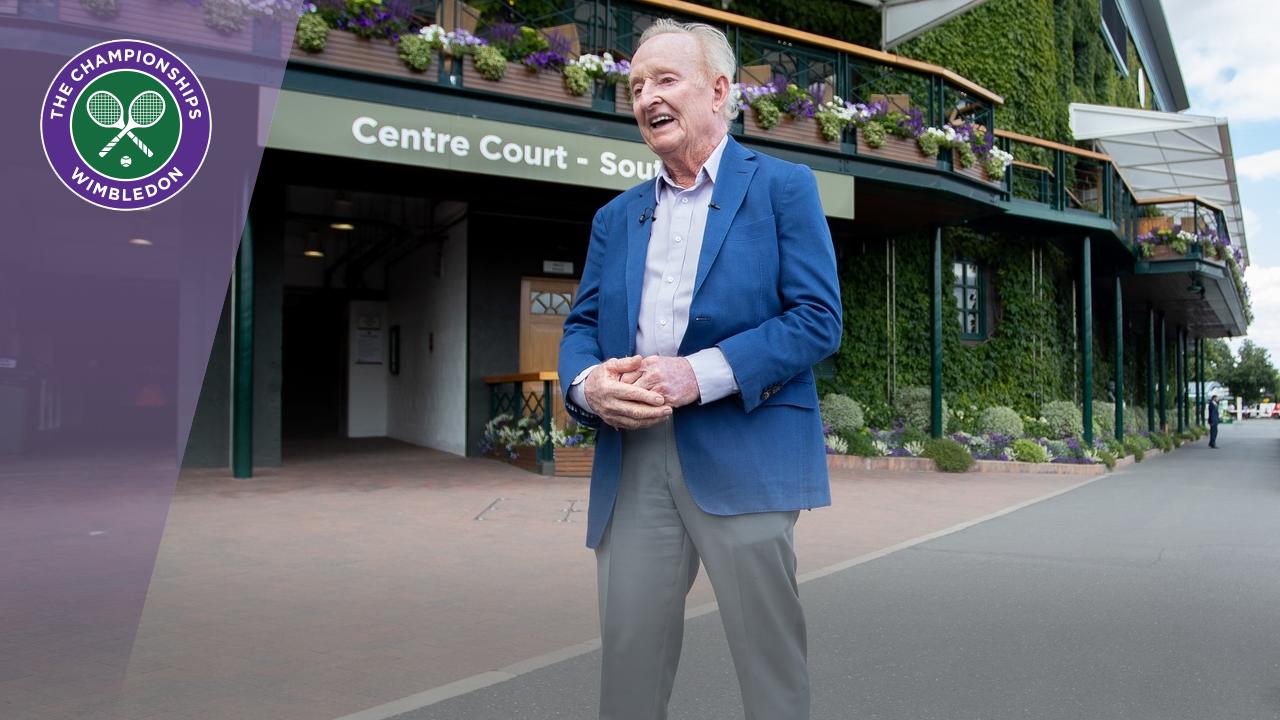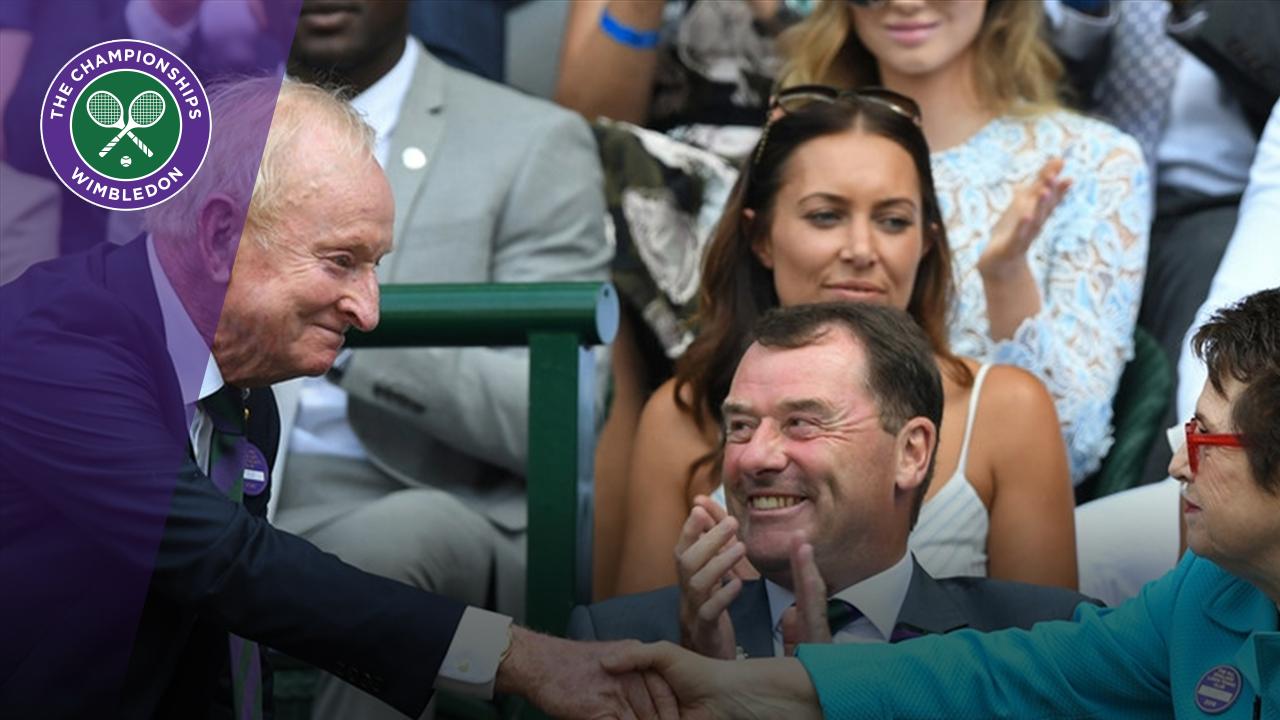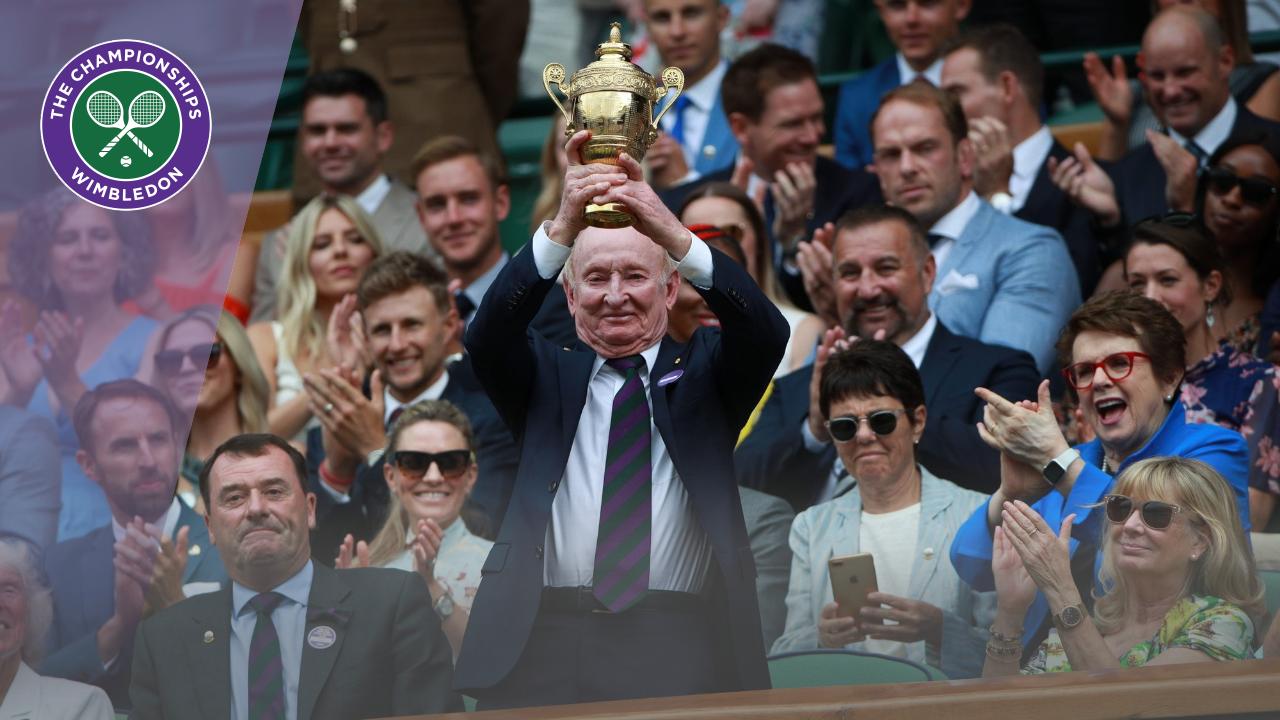The last Championships before the outbreak of the First World War was relatively peaceful, certainly in comparison to the previous year when, months before the tournament started, suffragettes attempted to set fire to the Centre Court stands to draw attention to their campaign for Votes for Women. The incident led to increased security and intensive bag searches.
Roll on a year and a relaxed garden party atmosphere prevailed. Visitors to Wimbledon in that sunny summer of 1914 benefitted from increased seating in Centre Court (capacity rose from 2,300 to 3,500). Players, too, revelled in more spacious facilities. The Championships were still being held at Worple Road (the move to the current site was eight years away), but modest expansion was underway.
Year on year, the AELTC modernises the tournament provisions for competitors and spectators, and 110 years before the Club’s current Wimbledon Park Project planning proposals, its development featured the purchase of adjacent residential houses. These were converted into ladies’ dressing rooms and a Club office; the gardens were used to create a larger public tea lawn.
Afternoon tea was a jolly civilised affair. Tables were dressed in linen tablecloths, tea served in china with milk in pretty jugs. The only storm in the teacups involved the pricing of the menu. A cup of tea and slice of cake was upped from five old pennies to six old pennies (the equivalent of an increase from just over £2 to just over £3).
In name, this Tea Lawn has been preserved into the 21st century. Even though one of the areas designated at Church Road for food and beverages is tarmacked and serves as a car park in between tournaments, in Championship dress it hosts the Tea Lawn Bar and Tea Lawn Larder, with the timewarp background accompaniment of local live jazz and brass bands.
On court, 1914 was the year that Norman Brookes from Australia won his second men’s singles title, ending the four-year reign of New Zealander Anthony Wilding, his partner in the Australasian Davis Cup team. Seven years earlier, 'The Wizard', as Brookes was hailed, was the first foreign man and the first left-hander to win Wimbledon.
Brookes’ first return to the All England Club in seven years was fruitful. He partnered Wilding in the doubles and the Antipodean pair beat Roper Barrett and Charles Dixon of Great Britain in four sets to take the honours of 1914.
It was a glorious last hurrah before the war. The Championships would not be staged again for five years. Less than a year after holding up the men’s doubles trophy, Wilding – a Cambridge University law graduate and all-action sporting hero in tennis, cricket, rugby and motorcycle racing – was tragically killed in action in France.
Regarded by historians as a world No.1, Wilding set the precedent for what would later be classified as achieving a Grand Slam. In 1913, he used his power shots to claim a unique triple of world championship titles on clay, grass and indoor wood (in Paris, Wimbledon and Stockholm respectively), all sanctioned by the world governing body and won in one calendar year.

To date, only five players have succeeded in claiming a Grand Slam by winning all four majors in one calendar year: two men and three women, namely Don Budge in 1938, Maureen Connolly in 1953, Rod Laver in 1962 and 1969, Margaret Court in 1970 and Steffi Graf in 1988. A measure of the achievement is to consider that neither Martina Navratilova nor Novak Djokovic with their immense haul of major titles succeeded in collecting four in a calendar year.
Also in that halcyon summer of 1914, Britain’s Dorothea Lambert Chambers won her seventh and last ladies’ singles title. Such was her standing in the game, she published an authoritative book called Lawn Tennis for Ladies, full of practical advice such as: ‘White is undoubtedly the best colour to wear. It washes well and does not fade, and looks very much neater on the court than a coloured material.’
She also recommended white shoes and stockings: 'I think it looks nicer to be in one uniform colour. But this is a matter of taste. Some people urge that white shoes make your feet appear much bigger than black or brown. I do not agree.’











